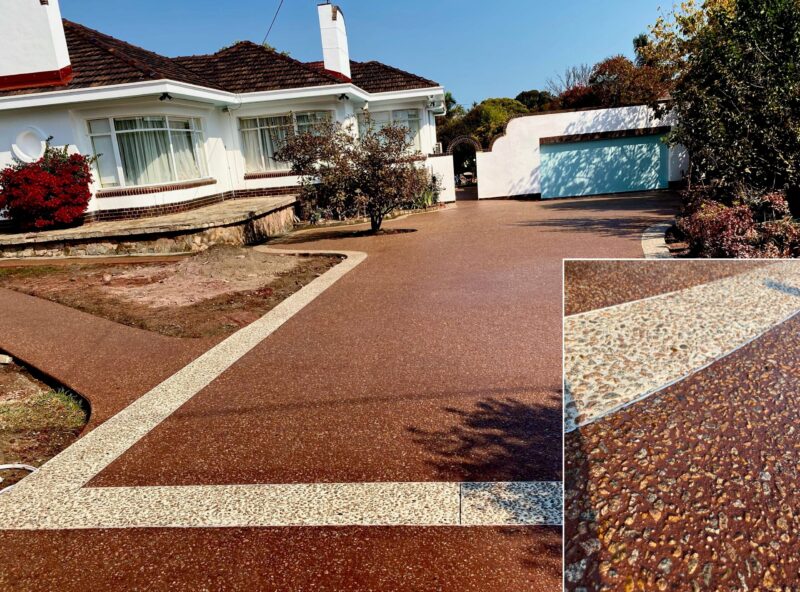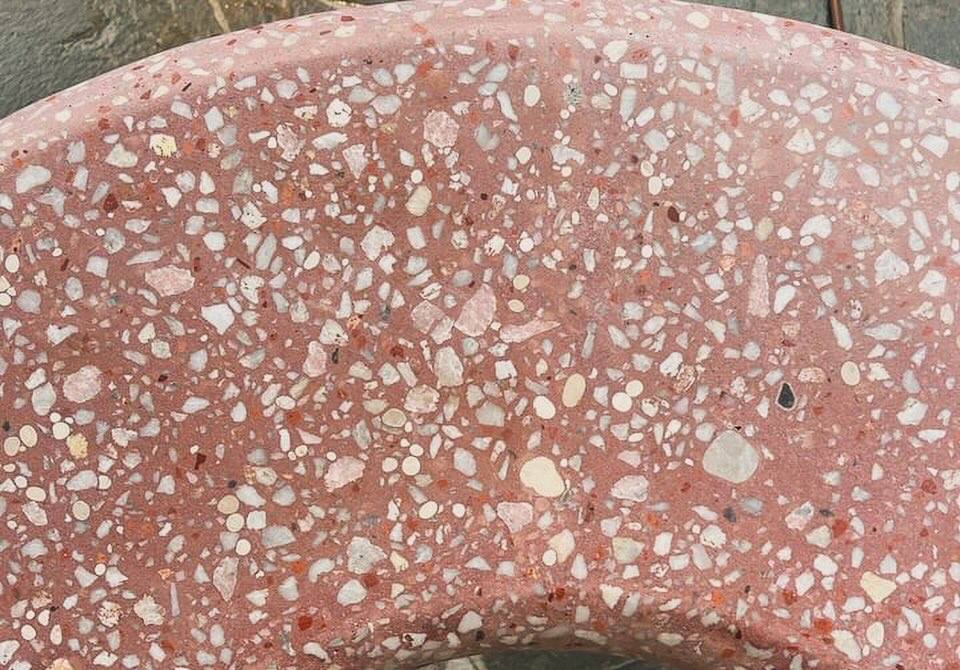We all know what concrete is; lasting, strong, easy to work but drab, grey, and rather boring in appearance right? Well, that used to be true, but not anymore with coloured and decorative concrete!


Modern concrete production and chemical technology enable the use of a wide range of pigments, offering architects and designers exciting possibilities for decorative concrete.
Iron oxide pigments are blended into ready mix concrete during batching, transforming the traditional grey into a spectrum of colours, from muted earth tones to vibrant shades.
With access to hundreds of colors from multiple suppliers, the options are endless for achieving your desired look.
Visit our showroom in Dandenong South, where our friendly sales staff can show you samples and help bring your decorative concrete ideas to life.